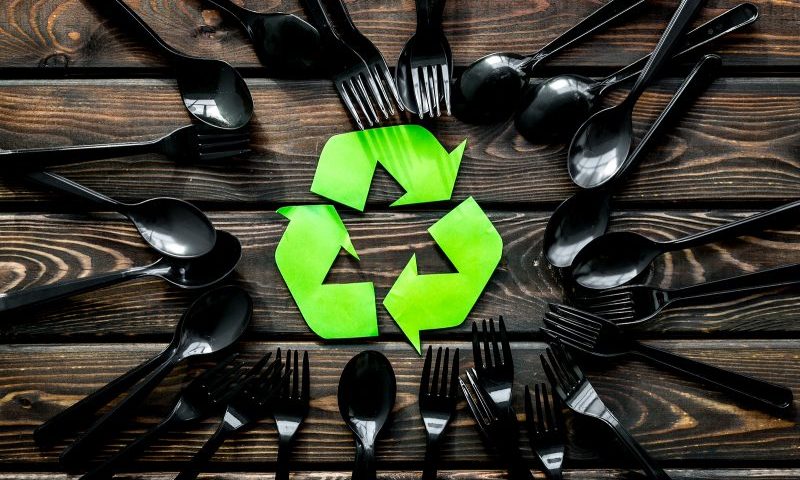Food waste is a serious problem—for the environment and for your bottom line. Each year, 11.4 million tons of food is wasted, costing over $25 billion to US restaurants. Recently, there has been a push from customers and business owners alike for more sustainable restaurant practices.
Here are a few restaurant waste reduction strategies you can implement for a more sustainable restaurant:
1. Inventory Management
By far, one of the biggest and easiest ways to reduce food waste it to prevent it from happening in the first place. A major contributing factor to food waste is inventory mismanagement. If you are regularly stocking more inventory than you need, it will eventually get thrown out.
Prevent this by tracking guest trends and rushes to help you accurately forecast your needs. You can use data from your POS to analyze sales history and trends, and determine how much inventory you actually need versus what you’ve been ordering.
When your inventory arrives, be sure to adopt the first in/first out (FIFO) method so you are optimizing how you use it. This helps make sure you can use all your ingredients before they spoil.
2. The Devil is in the Details
Don’t ignore the little things that cause waste. They add up and cause significant profit loss throughout the year. Things like paper receipts, plastic straws and paper napkins, and other single-use items all lead to a lot of waste and profit loss.
Switching to reusable cloth napkins that you can wash, using laminated or digital menus that won’t need to be re-printed often, and providing straws only upon request are all smart restaurant waste reduction strategies that will help you create a more sustainable restaurant.
3. Portion Control
The US is notorious for its colossal portion sizes, which is a problem that not only produces food waste, but impacts the health of your guests as well as your profits. It’s unhealthy– and sometimes impossible– for guests to finish the portions restaurants dole out.
Large portion sizes inevitably lead to waste one way or another, whether it is from unfinished food, or from Styrofoam containers used to take leftovers home. Neither is good for the environment or your bottom line. By cutting back on portion sizes, you can create a more sustainable restaurant and keep more of your revenue.
4. Kitchen Display Systems are Key
Various forms of technology are meant to be used as tools to help business owners operate more efficiently and profitably. One of the best forms of technology for restaurant waste reduction is a kitchen display system (KDS).
A KDS is one of the best tech investments in today’s restaurant environment. It streamlines the food preparation process, reduces order errors, and helps you better manage your inventory. It also eliminates paper tickets, further aiding towards restaurant sustainability.
Why Restaurant Waste Reduction Matters
Waste is one of the top issues restaurant owners deal with. Let it get out of control and you are throwing money away. Restaurant sustainability greatly improves your bottom line, but it goes beyond that. Customers nowadays care more about environmental issues than ever before, and they want to align themselves with brands that take responsibility and practice restaurant waste reduction strategies.
Ready to take the first step towards restaurant sustainability? Contact WaveSoft to learn about the technology solutions that can eliminate waste in your restaurant today.




